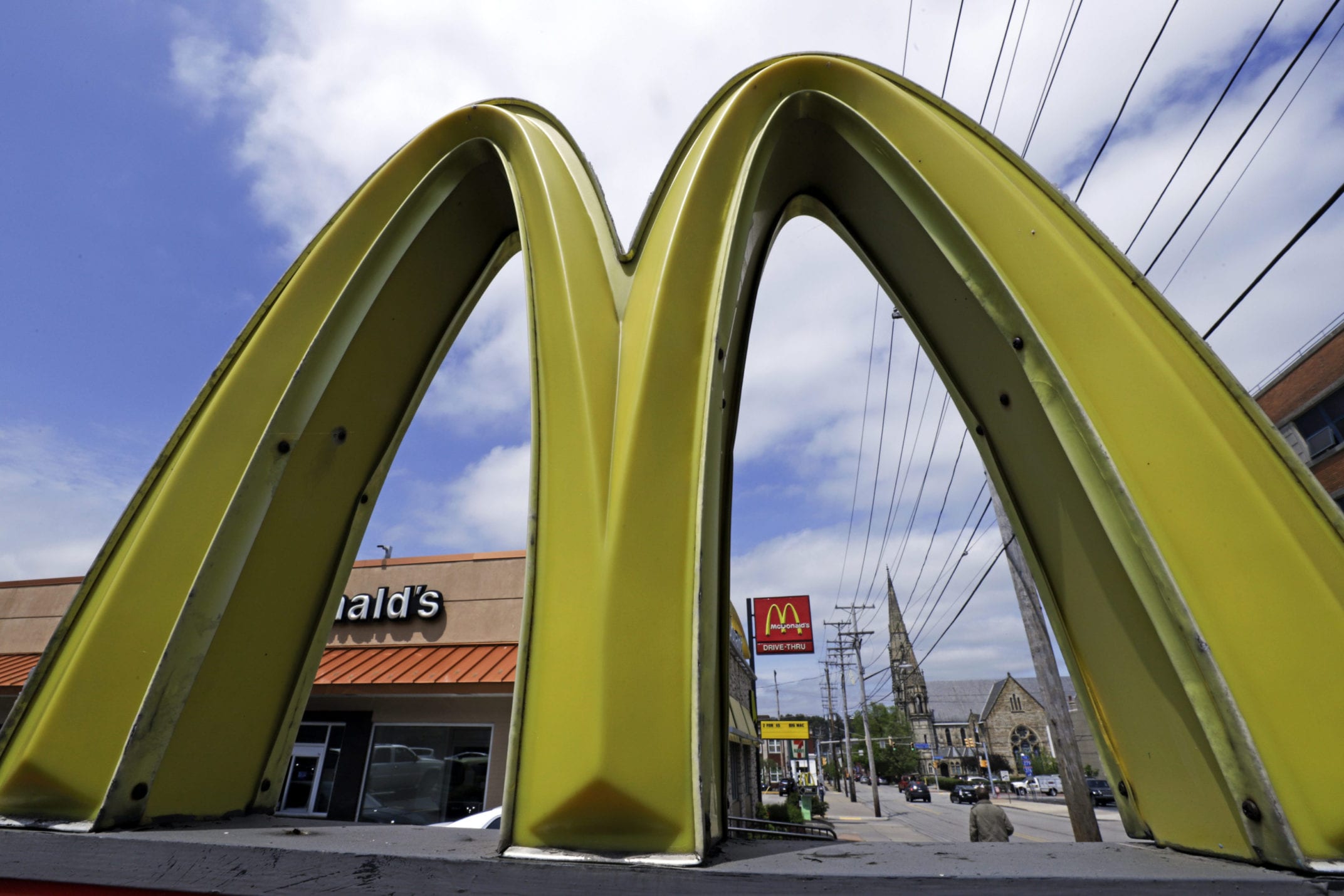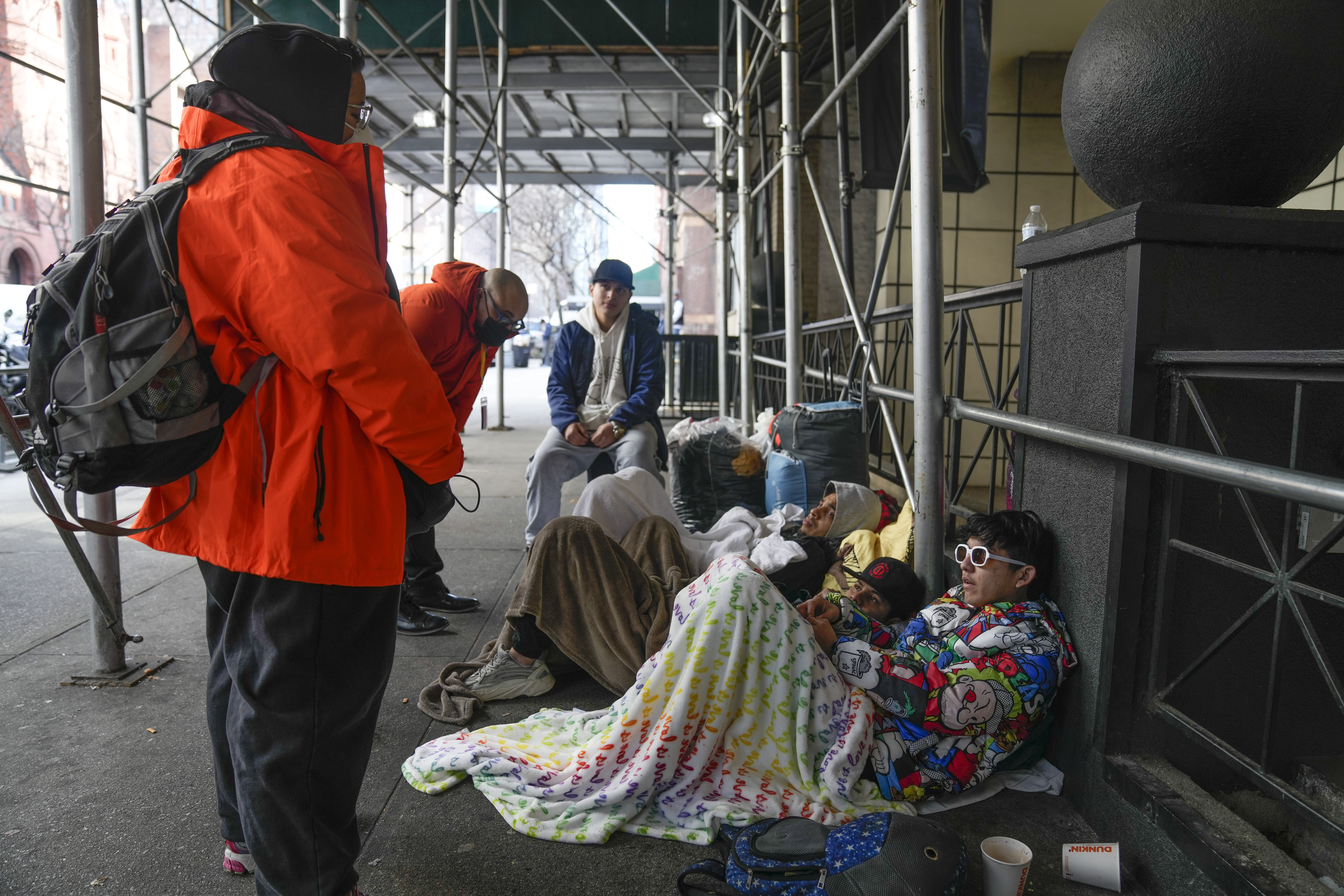It turns out many companies actually can afford to pay workers a little more at the bottom end of the scale.
All it took was a global pandemic, an uneven recovery and a little desperation.
Consumers feel the pinch with costs of raw materials to shipping on the rise, and the businesses are dealing with the same trouble.
But where are the workers? They found refuge by moving out of the city, by landing a better job or in unemployment insurance and associated stimulus from the government.
Today, highly visible companies are raising pay just to keep the wheels turning. They face a shortage of potential workers and are in a tough spot.
“The economy is overheating and companies, even though we have a high unemployment rate, cannot get the labor they need to meet demand and they are being forced to raise wages,” Jonathan Golub, chief U.S. equity strategist at Credit Suisse, told CNBC.
As a result, Moody’s Analytics reported, there was a 3% boost in private-workers pay during January, February and March this year.
“It’s some of the strongest wage growth we’ve seen in a quarter century,” Mark Zandi, the company’s chief economist, said in a CNBC story, adding that it’s the strongest since the 1990s.
- McDonald’s has increased hourly workers’ wages by 10%.
- Chipotle said it would move to $15 an hour by July 1.
- Bank of America plans a more deliberate path for its hourly workers (currently making $20 per hour) going to $25 an hour by 2025.
- Under Armour said it would raise the pay for retail and distribution workers to $15 from $10 per hour.
Companies can afford it for now, but Golub said if it continues and becomes inflationary, the companies’ earnings could take a hit.


















Add comment